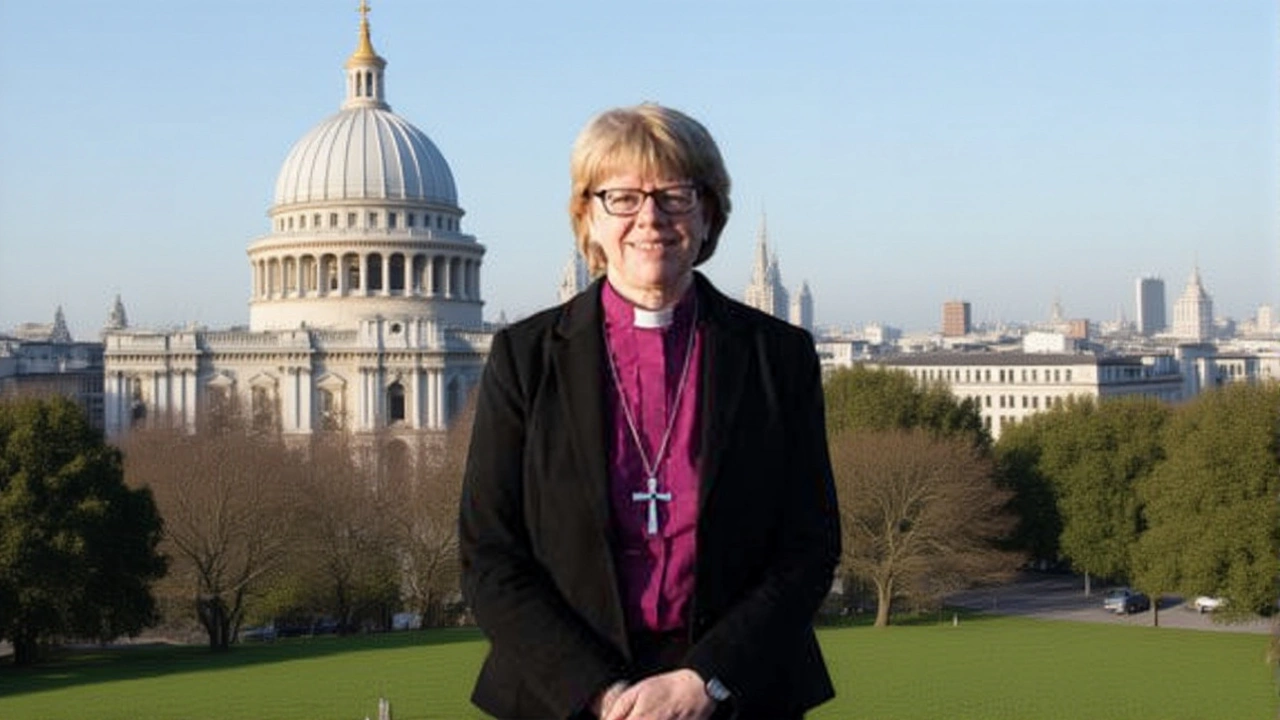St Paul's Cathedral – History, Architecture & Cultural Highlights
When exploring St Paul's Cathedral, the towering Anglican cathedral that defines the London skyline. Also known as the Great Cathedral of London, it stands as a masterpiece of Baroque design and a symbol of resilience after the Great Fire of 1666. The building encompasses a massive dome, a crypt housing famous Britons, and a Whispering Gallery that turns a soft murmur into an echo heard 100 meters away. Christopher Wren, the architect behind the cathedral's reconstruction, blended classical orders with innovative engineering, creating a structure that still influences modern church design. This link between Baroque architecture, a style marked by bold curves and dramatic ornamentation and the practical needs of a busy metropolis illustrates how art and function can coexist. Because of its location near the River Thames, the cathedral London’s historic core, the area that grew around the medieval city walls, serves as a visual anchor for both tourists and locals.
Why St Paul's Matters Today
St Paul's is more than a static monument; it cultural venue, hosting state funerals, royal weddings, and concerts that draw global attention. The annual Remembrance Service, for example, commemoration event, marks the end of World War I with a wreath-laying ceremony on the Steps, reinforcing the cathedral’s role in national memory. Its acoustics attract musicians who record live albums inside the dome, turning the sacred space into a modern performance hall. The cathedral also supports education through guided tours that explain structural mechanics, such as the hidden iron framework that supports the dome—an early example of what we now call a “skeletal” building system.
All these facets—architectural genius, historic resilience, and ongoing cultural relevance—create a rich tapestry that ties together the various topics you’ll find in the posts below. Whether you’re curious about the engineering behind the dome, the stories of famous figures buried in the crypt, or how St Paul's continues to host high‑profile events, the collection offers practical insights and fresh perspectives. Dive in to discover how this London landmark still shapes the city’s identity and why it remains a must‑see for anyone interested in history, design, or the pulse of contemporary Britain.
Sarah Mullally Becomes First Female Archbishop of Canterbury
Sarah Mullally, Bishop of London, is appointed as the first female Archbishop of Canterbury by King Charles III. The historic move sparks praise from the Vatican and backlash from GAFCON, shaping the Anglican Communion's future.
